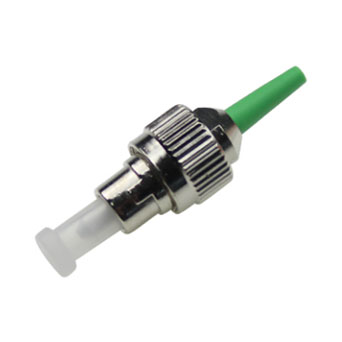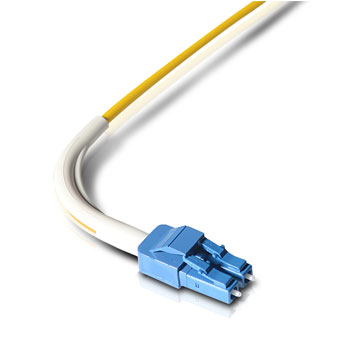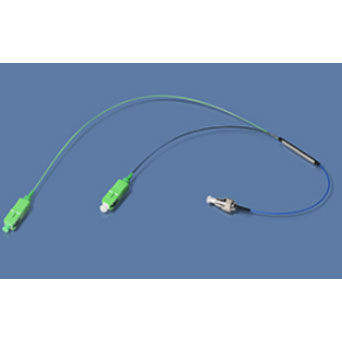Optical fiber transceiver is an Ethernet transmission media conversion unit that interchanges short-distance twisted-pair electrical signals and long-distance optical signals. It is also called a photoelectric converter in many places. So what does a fiber optic transceiver consist of? What are the functions of fiber optic transceivers?
1. Composition of fiber optic transceivers
Optical fiber transceiver includes three basic functional modules: photoelectric medium conversion chip, optical signal interface (optical transceiver integrated module) and electrical signal interface (RJ45), if equipped with network management function, it also includes network management information processing unit. A fiber optic transceiver is an Ethernet transmission media conversion unit that exchanges short-distance twisted-pair electrical signals with long-distance optical signals. It is also called a photoelectric converter in many places. Optical fiber transceiver products are generally used in actual network environments where Ethernet cables cannot be covered and optical fibers must be used to extend the transmission distance, and are usually positioned at the access layer of broadband metropolitan area networks; at the same time, it also played a huge role in helping to connect the last mile of optical fiber to the metropolitan area network and the outer network.(You may want to contact fiber optic transceiver manufacturers)
In some large-scale enterprises, optical fiber is directly used as the transmission medium to establish the backbone network during network construction, and the transmission medium of the internal LAN is generally copper wire. How to realize the connection between the LAN and the optical fiber backbone network? This requires switching between different ports, different line shapes, and different optical fibers and ensuring connection quality. The emergence of optical fiber transceivers convert twisted-pair electrical signals and optical signals to each other, ensuring the smooth transmission of data packets between the two networks, and at the same time it extends the transmission distance limit of the network from 100 meters of copper wires to more than 100 kilometers ( single-mode fiber).
2. The role of fiber optic transceivers
Optical fiber transceivers are generally used in actual network environments where Ethernet cables cannot be covered and optical fibers must be used to extend the transmission distance. At the same time, they also play a huge role in helping to connect the last mile of optical fiber to the metropolitan area network and the outer network. With fiber optic transceivers, it also provides an inexpensive solution for users who need to upgrade their systems from copper wires to fiber optics and lack money, manpower, or time. The function of the fiber optic transceiver is to convert the electrical signal we want to send into an optical signal and send it out. At the same time, it can convert the received optical signal into an electrical signal and input it to our receiving end.
Learn more about products provided by PHXfiber:
PM fiber splicer
OTDR for sale
25gb network switch/40g switch/400g switch
Outdoor fiber distribution cabinet
PM fiber coupler

 EN
EN



